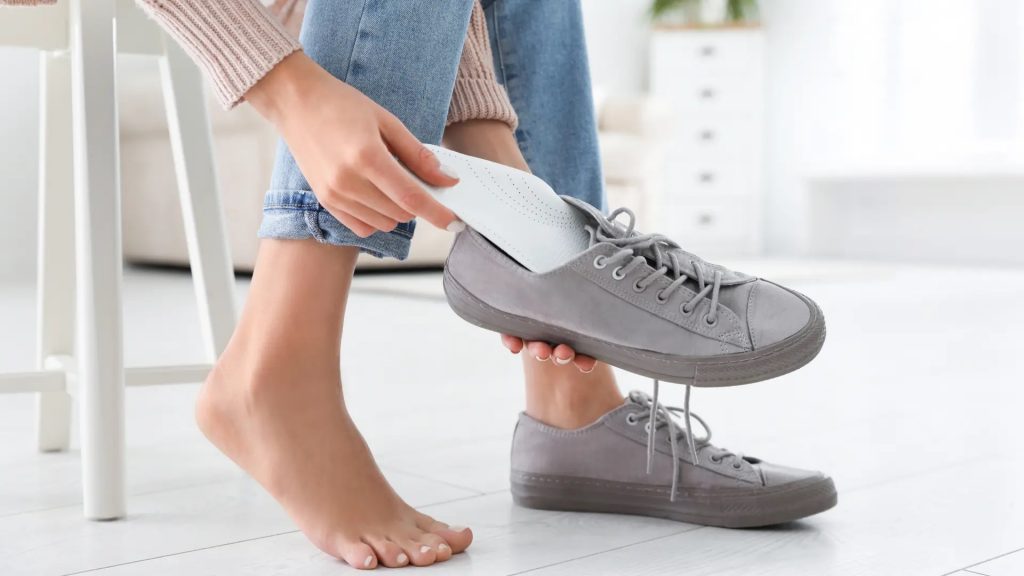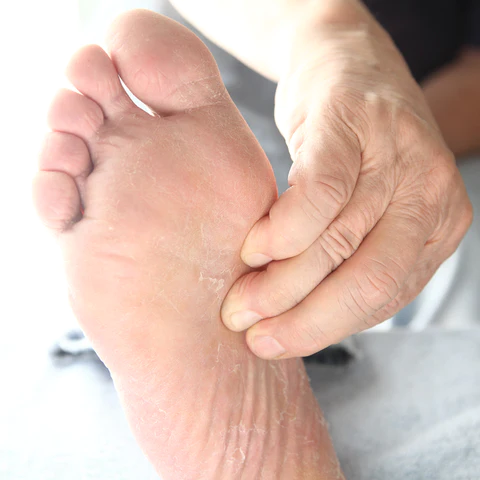Orthotics, also known as orthoses, are custom-made devices designed to support, align, and improve the function of a person’s feet and lower limbs. They are commonly used to treat various foot and lower limb conditions, including overpronation and flat feet.

Orthotics is a field of medicine that deals with the design, manufacture and application of orthoses. Orthoses are devices that are used to support, align, prevent or correct deformities or improve function of the neuromusculoskeletal system. Orthotics are used in various conditions such as overpronation and flat feet.
Overpronation is a condition in which the foot rolls inward excessively while walking or running. This can lead to strain and pain in the feet, ankles, knees, hips and lower back. Overpronation is often seen in individuals with flat feet, or fallen arches. Flat feet is a condition where the arch of the foot collapses, causing the entire sole of the foot to come into complete or near-complete contact with the ground. Flat feet can lead to overpronation, which in turn can cause a variety of foot and lower body problems.
Orthotics for overpronation and flat feet can help to alleviate the symptoms and prevent further progression of the condition. Orthotics can be custom-made or off-the-shelf, and can be made from a variety of materials such as plastic, foam or leather. Custom orthotics are tailored specifically to the individual’s feet, taking into account the shape and contour of the feet, the degree of overpronation and the type of shoes worn.

Custom orthotics work by controlling the motion of the foot and ankle, and correcting any abnormal pronation. They do this by supporting the arch and hindfoot, and realigning the bones to their proper position. This reduces the stress on the feet, ankles, knees, hips and lower back, and helps to prevent further injury. Custom orthotics are often made using a mold of the individual’s foot, and can be adjusted as needed to provide the best possible support.
Orthotics for overpronation and flat feet can help to realign the feet and legs, reducing excessive inward rolling of the feet and supporting the arch of the foot. This can help to reduce pain, improve posture, and reduce the risk of injury.
There are several types of orthotics for overpronation and flat feet, including:
- Custom Orthotics: Custom orthotics are made from a mold of the person’s feet. They are made to fit the individual’s feet exactly, providing maximum support and comfort. Custom orthotics are the most effective type of orthotics for overpronation and flat feet as they can be tailored to the specific needs of the individual.
- Prefabricated Orthotics: Prefabricated orthotics are mass-produced, off-the-shelf devices that are designed to fit a variety of feet. They are less expensive than custom orthotics and are a good option for people who need a basic level of support. However, they may not provide the same level of support and comfort as custom orthotics.
- Soft Orthotics: Soft orthotics are made from soft, flexible materials and are designed to provide cushioning and support for the feet. They are a good option for people with mild to moderate overpronation and flat feet.
- Rigid Orthotics: Rigid orthotics are made from harder materials and are designed to provide more support for the feet. They are a good option for people with more severe overpronation and flat feet.
Off-the-shelf orthotics are pre-made and come in a variety of sizes and shapes. They are generally less expensive than custom orthotics, but may not provide the same level of support and control. Off-the-shelf orthotics can be a good option for individuals with mild to moderate overpronation and flat feet. They are also a good option for individuals who are looking for a quick and simple solution to their foot problems.
Orthotics for overpronation and flat feet can be used in a variety of footwear, including athletic shoes, dress shoes and boots. They can also be used for a variety of activities, including running, walking, standing and jumping. It is important to choose the right orthotics for the individual’s needs and to make sure that they are fitted properly in the shoes. Orthotics should be replaced every two to three years, or as needed, to ensure that they are providing the best possible support.
In addition to orthotics, other treatments for overpronation and flat feet include exercises, physical therapy, and in some cases, surgery. Stretching and strengthening exercises can help to improve the muscle tone and flexibility in the feet, legs and hips. Physical therapy can help to improve the alignment and balance of the body, and reduce pain and inflammation. Surgery may be necessary in some cases to correct structural problems with the feet, but is usually reserved for severe cases that do not respond to other treatments.
In conclusion, orthotics is a valuable treatment option for individuals with overpronation and flat feet. Orthotics can help to alleviate pain and prevent further progression of the condition, and can be custom-made or off-the-shelf. It is important to choose the right orthotics for the individual’s needs and to make sure that they are fitted properly in the shoes. Other treatments, such as exercises and physical therapy.